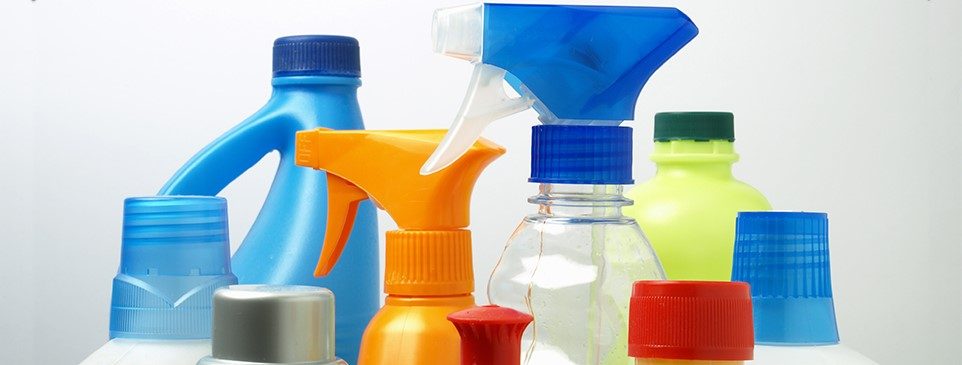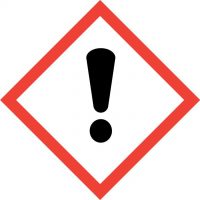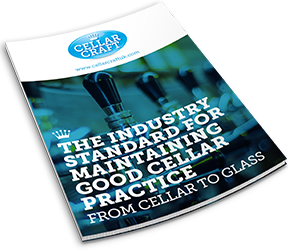Taking the GOSH out of COSHH

The COSSH (Control of Substances Hazardous to Health) Regulations apply to all those in the hospitality industry mainly because of the chemicals used to keep everything hygienically clean.
The regulations are in place to ensure that all staff and customers are safe from any harmful substances and that all staff who handle these substances know how to handle them safely. An employer is legally responsible for making sure that there are measures and processes in place to prevent harm to your employees.
It’s a serious business, but let’s not make it more complicated than it needs to be.
How to approach a COSHH assessment
It may seem like an onerous task and that you are going to drown under a mountain of paperwork (and all in HSE speak), but it doesn’t have to be. With a practical ‘straight line’ approach you can be on top of your game, as well as on top of your paperwork! It’s really only about you and your staff know how to safely handle any chemicals and how to react if things go wrong.
Look at each task you do in your business, what substances are involved and how might they cause harm to your employees.
- Check for information that comes with each substance you order. Read the labels, boxes and packaging, also look to see if it comes with a Safety Data Sheet (SDS or sometimes called a COSHH Sheet). It is a legal requirement for your supplier to make SDS available and they give a lot of detail about what is contained in the chemical, how it is harmful, how to handle it and how to treat accidents.
- Ask your supplier or the manufacture for information on each product.
- Check the internet or ask your local trade representative.
The COSHH checklist
Think about how each task is carried out, and how your employees might come into contact or be harmed by a hazardous substance. For example:
- Skin contact – Is there a chance of splashing or of employees touching the substance?
- Contact with eyes
- Inhalation – Could Dust, spores, moulds and vapours/fumes be breathed in by employees?
- Ingestion – Could an employee accidentally eat or drink a harmful substance?
What’s on your labels?

Corrosive Substance
A substance that can cause damage and burns to skin, damage eyes (including blindness) and in some cases will eat through soft metals such as aluminium.
Protective gloves, glasses and clothing should be considered.

Hazardous to the Environment
Too much of the substance into the drains it has the chance of causing damage to plants and wildlife.
Where possible prevent the product from entering drains in large amounts as well as keep away from animals such as pets.

Harmful Substance
A substance that is hazardous and can cause health problems such as, skin and/or eye irritation, skin sensitisation, irritation to the throat or lungs or a narcotic style effect.
The easiest way to work out if a substance is hazardous is with the Hazard Checklist provided by the HSE.
Hazard checklist
- Does any product you use have a danger label?
- Does your process produce gas, fume, dust, mist or vapour?
- Is the substance harmful to breathe in?
- Can the substance harm your skin? Is it likely that harm could arise because of the way you use or produce it?
Assessing the Risks
Again, a risk assessment can seem a burdensome task, but really it is just a way to document what steps are put in place to ensure the safety of you and your staff. Broadly it’s laid out like this:
- What is the hazardous substance?
- What level of threat does it pose?
- What protective measures are in place when handling the substance (training, procedure manuals, gloves, eye protection, face mask etc.)?
- What processes are in place should accidents/spillages occur?
The HSE has some excellent online tools to help you with risk assessments and to lead you through the process.
Keeping the risks at bay
Staff training is vital to a safe working environment. Once training has been performed with your employees make sure you refresh it from time to time, especially if the hazardous substances you use are changed for different products or you have staff/equipment changes. Also review your COSHH assessments every year to make sure they stay current and relevant. Make sure to monitor your employees to check that they are following the rules to stay safe and healthy.
It is also worth noting that you can buy in the services of a health and safety consultant if you are not sure if you’re getting it right.

The Complete Cellar Craft Guide
